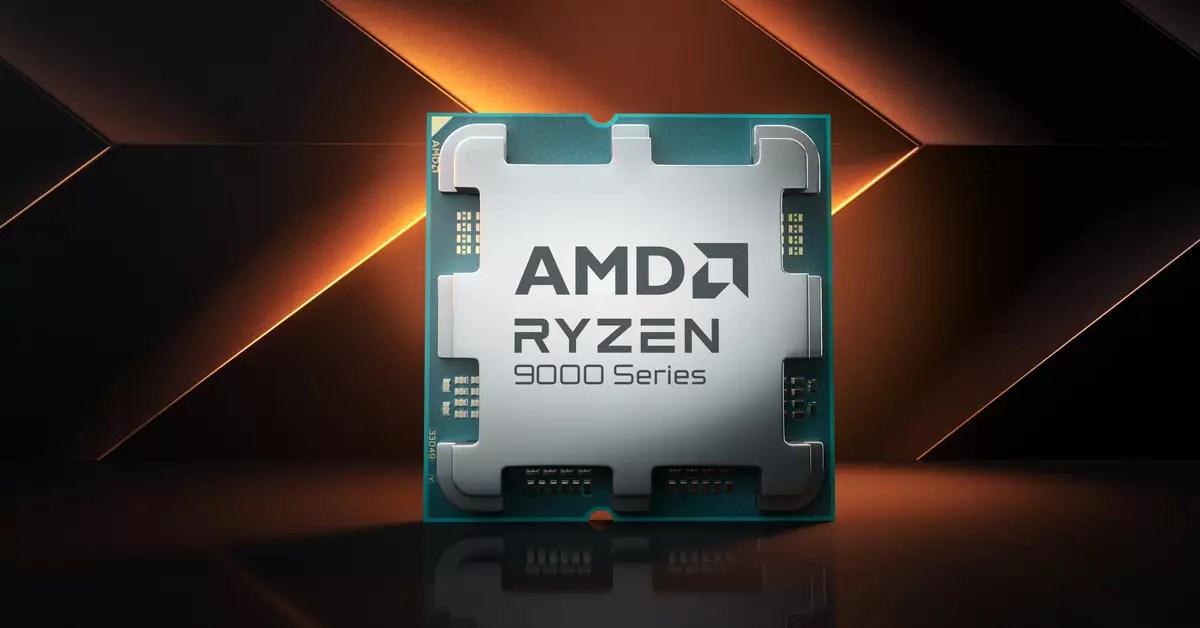In an unexpected turn, details of AMD’s yet-to-be-released Ryzen 9000X3D desktop processors have emerged, prompting a mix of intrigue and skepticism among tech enthusiasts. The news broke through a presentation by MSI, which inadvertently included mention of these unreleased chips alongside discussions on Intel’s Core Ultra 200S processors. This correlation raises questions about whether an embargo was breached or if MSI simply included the Ryzen 9000X3D in a less-than-thoughtful manner. Regardless, the spotlight now shines on AMD, a company facing mixed receptions with its recent offerings.
Initial tests suggest that the Ryzen 9000X3D processors could deliver noteworthy multicore performance improvements, showcasing an impressive 28% increase in Cinebench R23 when compared to their predecessor, the Ryzen 7 7900X3D. However, the excitement quickly dwindles upon considering that gaming benchmarks, including Black Myth: Wukong and Shadow of the Tomb Raider, reveal a stark contrast; gains of as little as 2% have surfaced. Such minimal advancements in gaming performance make one wonder if the Ryzen 9000X3D will make a significant mark in the competitive gaming landscape, especially when compared to the lackluster performance of the Ryzen 9000 series at launch.
In a marketplace that thrives on innovation and performance leaps, AMD’s latest offering appears to tread water rather than forge ahead. This stagnation mirrors the scenario with Intel’s Arrow Lake desktop CPUs, which also do not promise groundbreaking changes. For AMD, this is particularly disheartening, given the dramatic mixed reviews of their Ryzen 9000 line. Reviews pointed to various shortcomings, and the company now risks alienating its user base if the Ryzen 9000X3D fails to deliver compelling new features that genuinely enhance both productivity and gaming experiences.
Though the presentation notes cite that “performance is expected to be better on PR samples and retail chips,” skepticism remains. Past experiences with tech releases suggest that early benchmarks can be optimistic at best, often failing to reflect real-world performance. The blurred lines between the performance of the new X3D lineup and existing Ryzen offerings could signal a notable missed opportunity for AMD to decisively reclaim its prowess in the CPU market.
As the tech community eagerly awaits clarity on these developments, it is clear that AMD may have to navigate a challenging environment filled with consumer expectations and competitive pressures. Ultimately, the Ryzen 9000X3D’s capability to elevate AMD’s status in the CPU market will rest not only on raw performance metrics but also on its ability to deliver a multifaceted and fulfilling user experience. Should the Ryzen 9000X3D fail to satisfy, AMD faces a critical juncture, one that could influence its trajectory for years to come.


Leave a Reply